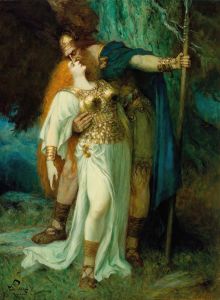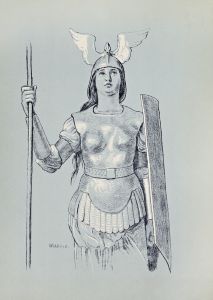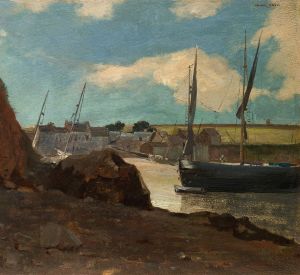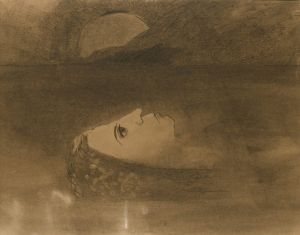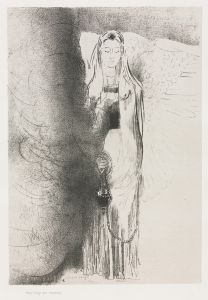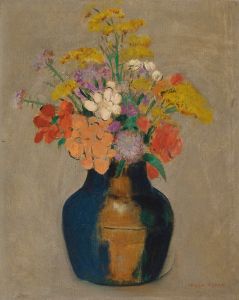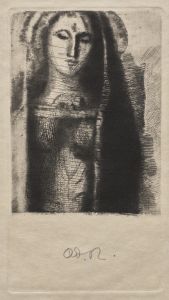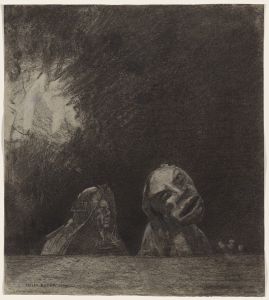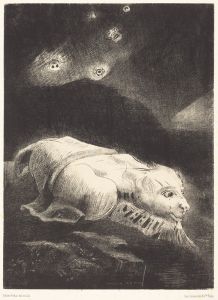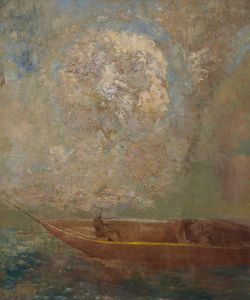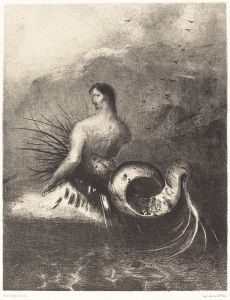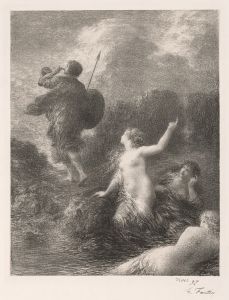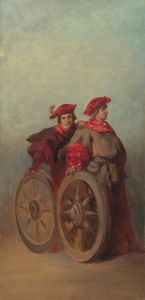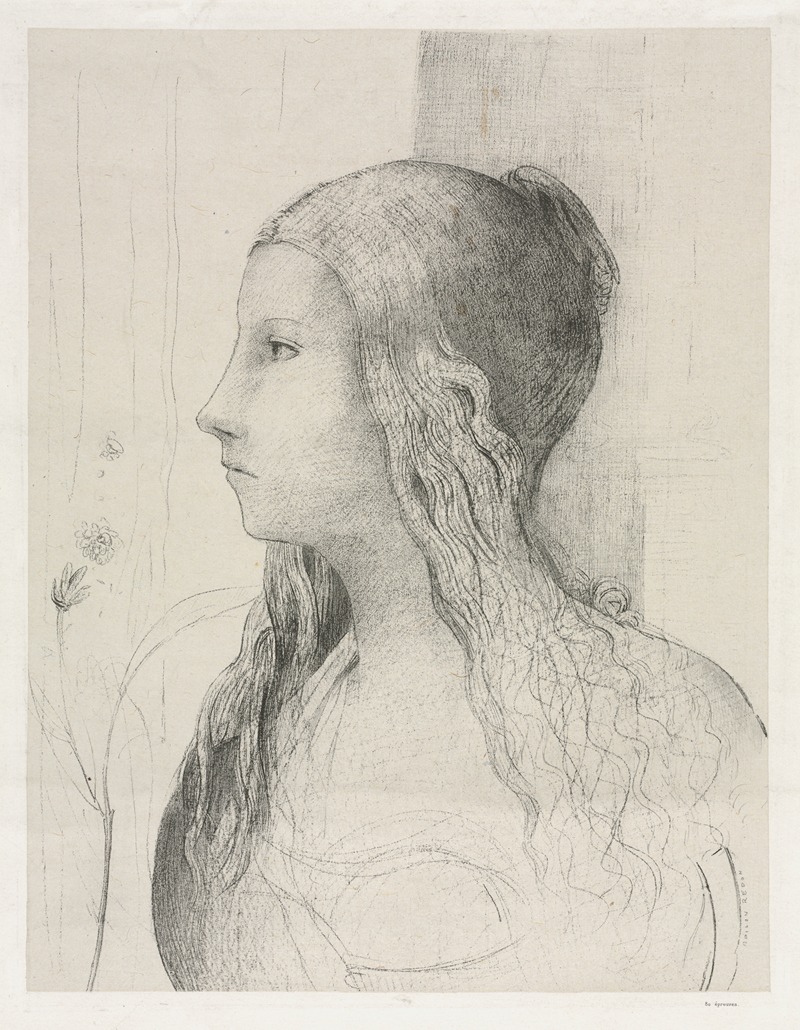
Brünnhilde in Twilight of the Gods
A hand-painted replica of Odilon Redon’s masterpiece Brünnhilde in Twilight of the Gods, meticulously crafted by professional artists to capture the true essence of the original. Each piece is created with museum-quality canvas and rare mineral pigments, carefully painted by experienced artists with delicate brushstrokes and rich, layered colors to perfectly recreate the texture of the original artwork. Unlike machine-printed reproductions, this hand-painted version brings the painting to life, infused with the artist’s emotions and skill in every stroke. Whether for personal collection or home decoration, it instantly elevates the artistic atmosphere of any space.
Odilon Redon, a prominent French symbolist painter, created the artwork "Brünnhilde in Twilight of the Gods," which reflects his fascination with mythological and literary themes. Redon, born in 1840 in Bordeaux, France, is known for his unique style that blends elements of fantasy and symbolism, often exploring the realms of dreams and the subconscious. His works frequently feature fantastical creatures and ethereal landscapes, inviting viewers into a world of imagination and introspection.
"Brünnhilde in Twilight of the Gods" is inspired by Richard Wagner's opera "Götterdämmerung" (Twilight of the Gods), the final opera in the epic cycle "Der Ring des Nibelungen" (The Ring of the Nibelung). Wagner's operas were a significant influence on many artists of the time, including Redon, who was captivated by the dramatic and mythological elements of Wagner's compositions. The character Brünnhilde, a central figure in the opera, is a Valkyrie who undergoes a profound transformation throughout the story, embodying themes of love, sacrifice, and redemption.
Redon's interpretation of Brünnhilde captures the essence of her character and the opera's dramatic narrative. His use of color, light, and shadow creates a dreamlike atmosphere, characteristic of his symbolist approach. Redon's works often evoke a sense of mystery and emotion, and "Brünnhilde in Twilight of the Gods" is no exception. The painting likely reflects Redon's interest in exploring the inner world of his subjects, portraying Brünnhilde not just as a mythological figure but as a symbol of deeper human experiences.
Throughout his career, Redon was associated with the Symbolist movement, which emerged in the late 19th century as a reaction against the realism and naturalism that dominated the art world. Symbolists sought to express the intangible, such as emotions, dreams, and spirituality, through their art. Redon's work is characterized by its use of symbolic imagery and a focus on the imaginative and the fantastical.
Redon's artistic style evolved over time, moving from the dark, monochromatic charcoal drawings of his early career, known as "noirs," to the vibrant pastels and oils of his later years. This transition is evident in his depiction of Brünnhilde, where his use of color adds depth and emotion to the composition. Redon's ability to convey complex themes through his unique visual language has cemented his place as a key figure in the Symbolist movement.
"Brünnhilde in Twilight of the Gods" exemplifies Redon's ability to blend mythological themes with his distinct artistic vision, creating a work that resonates with both the narrative of Wagner's opera and the broader Symbolist ethos. The painting invites viewers to explore the interplay between myth and reality, encouraging a deeper reflection on the universal themes embodied by Brünnhilde's character.
Odilon Redon's legacy as an artist lies in his ability to transcend the boundaries of reality and imagination, crafting works that continue to inspire and captivate audiences. His interpretation of Brünnhilde remains a testament to his skill in merging literary and musical influences with his own symbolic and dreamlike style, offering a unique perspective on one of opera's most enduring characters.





